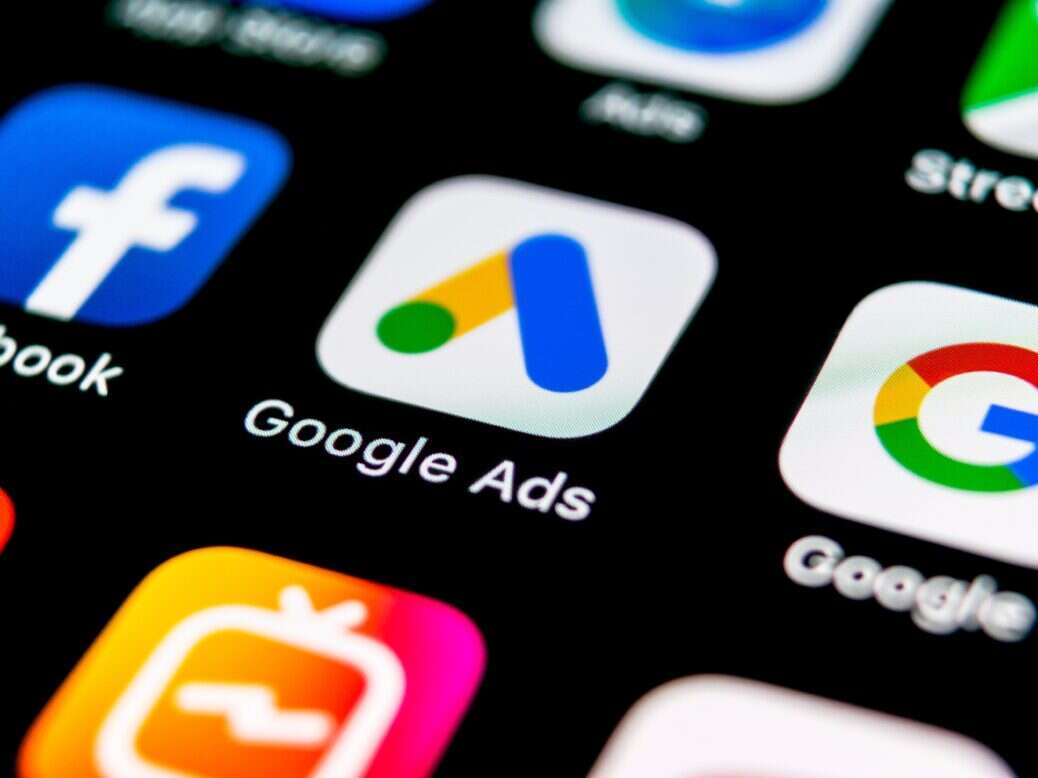
The UK advertising market shrank by 7% (£1.8bn) last year to £25.3bn, with regional news brands the worst hit outside out-of-home and cinema categories – according to Advertising Association figures.
Looking at the various media sectors the 2020 picture is bleak on advertising revenue:
- National news brands: down 24% to £775m
- Regional news brands: down 35% to £470m
- Magazines: down 29% to £462m
- Radio: down 12.6% to £614m
- TV: down 11.8% to £4.35bn.
Surging traffic to local news websites did not translate into revenue:
- Digital-only revenue for local news brands: down 23.3% to £183.3m.
At national news brands digital-only revenue was broadly flat year on year:
- Digital-only revenue at national news brands: up 0.5% to £319m.
However, for Google and Facebook (including Instagram) the picture was more positive. The two sectors which they dominate (online search for Google and online display for Facebook/Instagram) grew:
- Online display: up 10.4% to £7.07bn
- Search: up 7.1% to £8.37bn.
Given Google and Facebook’s estimated market shares, the new figures suggest the pair made at least £11bn a year in the UK last year.
In more positive news for publishers, advertising spend in the UK is expected to grow by 15.2% this year to reach a total of £27bn, with a further 7% rise to £29bn predicted for 2022.
The Advertising Association and marketing agency Warc, which publish a quarterly ad expenditure report, said the UK is on course for the strongest ad trade recovery of any major global market in 2021.
But national and regional news and magazine brands are not expected to recoup their 2020 losses until 2022, with many strengthening their subscription strategies over the past year instead.
UK regional news brands saw their combined print and digital ad revenues fall by 35% year-on-year to £470m in 2020 – within this, online revenues fell by 23% to £183m.
This is an 85% drop since the regional news brand peak ad revenue figure of £3.1bn in 2004 – £995m from print display and £2.1bn from print classified.
The chart below shows how regional press ad revenue fell off a cliff after the 2008 financial crisis, and has since continued falling.
The impact of the continued decline in print is seen in forecasts for the next two years. Online-only regional news ad spend is expected to grow by 7.3% in 2021 and 5.5% in 2022, but overall spend including both print and online is expected to first rise by 3.9% then fall by 1%.
Ad spend with national newspapers fell by 24% last year to £775m. Online grew marginally by 0.5% to £319m to make up 42% of national news brand ad revenues.
The sector is expected to grow by 7.3% in 2021 and 0.5% in 2022, with online growth of 10.9% and 7.7%.
Magazine ad spend dropped by 29% to £462m last year. Online-only fell by 25% to £199m. Many publishers instead doubled down on boosting their subscription offerings as readers proved their loyalty during the pandemic.
The sector is now expected to see slow growth of 6.8% (15.8% online) in 2021 and 0.1% (4.6%) the year after.
Other than the 0.5% growth in online newsbrand ad spend, the only sectors to grow in 2020 were search (up 7% to £8.4bn), overall online display (up 10% to £7.1bn) and on-demand TV (up 16% to £523m).
Online display – which includes social media, online video and online newsbrands – and paid search are both set to see accelerated growth this year by 13% and 18% respectively.
The AA and WARC calculated that the two sectors will together account for two-thirds of all UK advertising spend this year, up ten percentage points from a share of 56% in 2019.
Last year the Competition and Markets Authority claimed that of around £14bn spent on digital advertising in the UK in 2019, 80% of this was earned by two companies – Google with a more than 90% share of the £7.3bn search market and Facebook with more than 50% of the £5.5bn display market.
Neither company has published their UK-only advertising revenues for 2020 but if they maintained a similar proportion of the market it would suggest Google earned more last year (£7.5bn) than the whole UK 2019 search market put together. Facebook could have earned more than £3.5bn.
James McDonald, Warc’s head of data content, said: “The data from 2020 were unlike any we have seen in our 40 years of market monitoring. Save for a flock of online pure-players, the majority of media owners surveyed by WARC experienced their worst trading climate in living memory. This was true at both the financial and the human level – many will not witness a full recovery until 2022 at the earliest.
“Agile formats with short lead times were seen to flourish last year, particularly within social media and e-commerce environments, the latter benefitting greatly from stay-at-home orders and well-established logistical networks.
“Media owners in these spaces are expected to build on good 2020 results this year, though the situation will be more challenging across the remainder of the landscape as ad investment continues to favour performance marketing.”
 Read New Statesman Media Group’s free white paper: How to define, discover and develop actionable leads in B2B marketing
Read New Statesman Media Group’s free white paper: How to define, discover and develop actionable leads in B2B marketing
Overall TV advertising revenues fell by 12% to £4.4bn last year despite the growth in video-on-demand.
Meanwhile radio fell by 13% to £614m, of which £47m came from online (down 5%).
The Government became a key advertiser in 2020, growing its ad spend by 37% – including at least £35m extra for national, regional and local print media – as it deployed Covid-19 public health messaging and put out Brexit messages for businesses before that.
Next year, growth is instead expected in consumer categories such as services (22%), industrial (20%) and financial (20%).
Email pged@pressgazette.co.uk to point out mistakes, provide story tips or send in a letter for publication on our "Letters Page" blog
